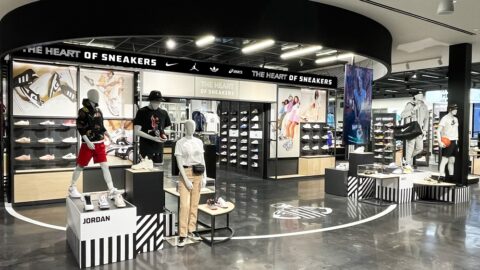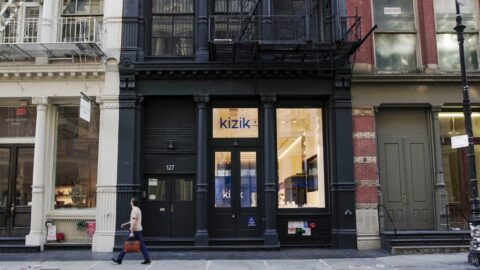The lack of in-store personalization remains a major pain point for retailers: 49% of U.S. consumers still say they “never” or only “sometimes” receive personalized service while they’re in a store, according to a survey from TimeTrade.
The report, titled: TimeTrade State of Retail 2017, suggested that by failing to offer shoppers the personalized shopping experiences they want, U.S. retail stores left approximately $150 billion in potential revenue on the table in 2016. Consumer respondents said they would increase their in-store spending by 4.7% on average if they received better, more personalized service from retailers, with:
-
20.2% increasing spending up to 5%;
-
20.9% increasing spending up to 10%; and
Advertisement
-
8% increasing spending up to 20%.
In a perfect world, retailers would hire and train more associates to get a head start on personalization, according to Lauren Mead, VP of Marketing at TimeTrade. But retailers are struggling to make profits, and they’re still intimidated to spend extra to improve the business in the long term.
“In reality of lot of retailers don’t have that luxury when you look at their bottom line,” Mead said in an interview with Retail TouchPoints. “The real answer is that retailers have to get better at using the existing staff they have, and using them at the forefront of providing that personalized experience.”
Retail Must Match Society’s Best Personalization Programs
Why exactly is there such a rush to optimize personalization within the store? In 2017, personalized services extend well beyond retail, putting added pressure on merchants to deliver experiences that cater to individual needs.
“When you look at the economy and the experiences that consumers are receiving, retailers are no longer just competing with the other retailers within their segment,” Mead said. “They’re competing against every experience that consumer has. If the consumer is able to hail a cab from their smartphone on Uber and get that instantaneous experience, they translate that result to the other consumer experiences they have, and expect that same type of service. Making that service available, and allowing shoppers to access the product when and where they want is critical.”
Personalized service is not just about technology, however. In stores, associates can bridge the personalization gap. For example, while 71% of consumers surveyed said they sometimes or always abandon dressing rooms and leave stores if they can’t obtain help with product attributes such as sizes and color, 88% said that when helped by knowledgeable associates they are “somewhat likely” or “extremely likely” to make the purchase. Unfortunately, 70% of the time consumers shop, they “never” or only “sometimes” can find a sales associate when they need assistance.
Retailers can get creative with personalizing shopper-associate interactions. When it comes to scheduling one-on-one appointments, consumers are also interested in seeing:
-
49%: Text notifications about the status of the appointment;
-
36%: Wait-time notification display;
-
31%: In-store mobile device collaboration among sales staff to manage customer flow; and
-
30%: Remote check-in.
Retailers Must Align Customer Experience Across All Channels
As retailers personalize the store shopper journey, they must understand that this experience should carry over to other channels for maximum effectiveness. While 75% of shoppers agreed that stores provide good customer service, only:
-
38% felt the same about the web’s customer service;
-
31% for email;
-
26% for call centers;
-
24% for social media;
-
21% for text; and
-
14% for kiosks.
“There’s still often a lack of connected information,” Mead noted. “If I go online, start to shop for products, put a few things in my shopping cart and then decide that I have a few more questions and I want to go into the store to get some expert assistance on making my decision, most of that information is lost. When I come into the store, I have to start from scratch. The onus is put on the consumer, and that translates across channels. Making it easy for retailers to capture customer information and transfer customers between channels seamlessly is going to help improve that experience.”









